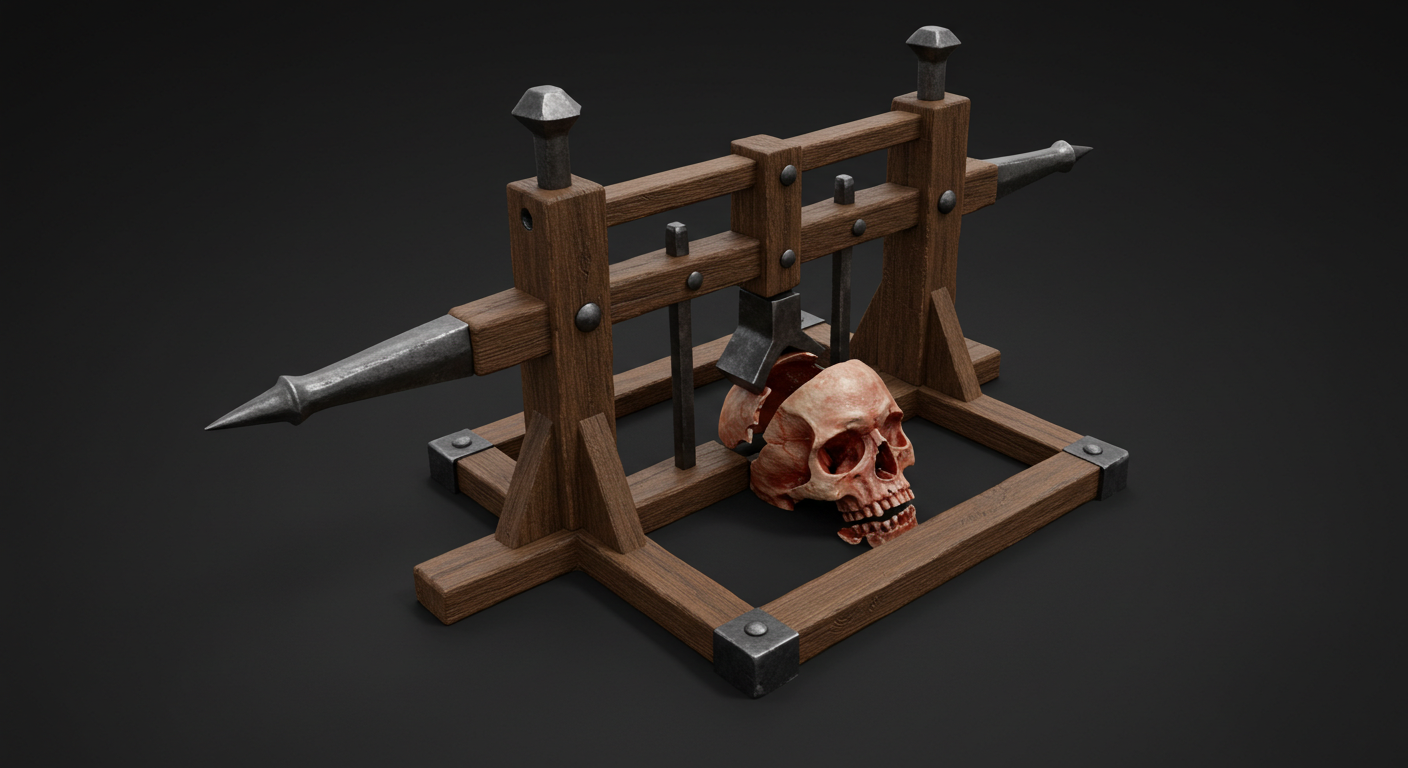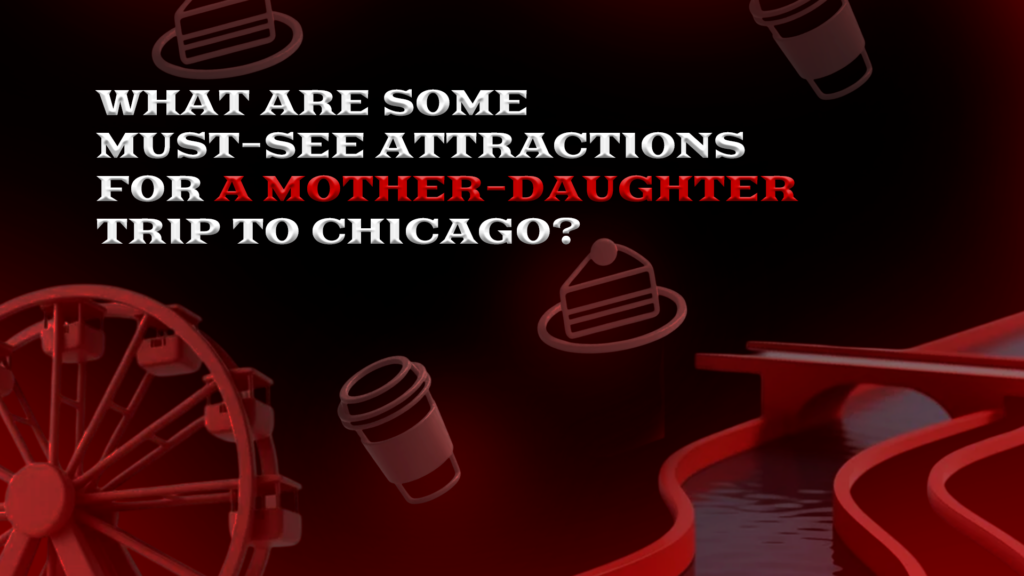The Head Crusher stands as one of the most terrifying instruments of medieval ages torture, a brutal device designed to inflict unimaginable agony. Used primarily for extracting confessions or punishing those accused of crimes, this horrific contraption symbolizes the sheer cruelty of middle ages torture techniques. From public executions to clandestine chambers of torment, the Head Crusher epitomized the gruesome nature of execution in medieval times.
The Mechanism Behind the Horror
The head crusher torture device was a simple yet nightmarish mechanism. A victim’s chin was placed on a fixed bottom bar while a metal cap was tightened over the top of the skull. With each turn of the screw, pressure increased, crushing the jaw, facial bones, and ultimately the skull. The pain was unbearable, and in most cases, it led to a slow and excruciating death. This method ensured both suffering and fear-two essential elements of punishment in the medieval ages.
The Role of the Head Crusher in Medieval Justice
During the Middle Ages, justice was often synonymous with cruelty. Accused heretics, traitors, and criminals could find themselves at the mercy of ruthless interrogators who sought confessions by any means necessary. The head crusher was frequently employed in dungeons and secret chambers, where tormentors extracted information under the unbearable weight of pain. Unlike other medieval torture devices, this one left visible damage-disfigured skulls and shattered faces served as grim reminders of the consequences of defiance.
Execution in the Middle Ages: The Brutality of Public Spectacle
While some victims of the head crusher perished within dungeon walls, others were subjected to execution in the middle ages in public squares. Spectators gathered to witness gruesome spectacles that reinforced obedience and submission. Torturers would sometimes stop just before death, leaving victims permanently disfigured as a living testament to the horrors of defiance. The crushing of the skull was not only physically agonizing but also a psychological tool meant to instill fear in those who dared to challenge authority.
The Evolution of Torture and Punishment
The medieval ages torture system evolved as societies sought more effective ways to inflict suffering. Devices such as the rack, iron maiden, and thumbscrews complemented the head crusher, ensuring that no crime went unpunished. Kings, inquisitors, and executioners wielded these tools of torment to maintain order and subjugate those who opposed their rule.
Today, these devices serve as chilling artifacts in museums dedicated to exploring the dark side of human history. The Medieval Torture Museum in Chicago, Medieval Torture Museum in LA, and Medieval Torture Museum in St Augustine offer visitors a firsthand look at these gruesome instruments.
Why the Head Crusher Remains a Symbol of Horror
Few torture devices match the horror of the head crusher medieval torture. Unlike other tools that prolonged suffering through stretching or cutting, this device offered a more direct, visceral experience of pain. The gradual tightening of the cap over the skull created an inescapable reality of impending destruction, making it one of the most dreaded methods of torture in medieval history.
Even today, the fear associated with medieval torture lingers in popular culture. Films, literature, and historical exhibitions continue to explore the crime and punishment practices of bygone eras, ensuring that the lessons of the past are not forgotten.
Visiting a Medieval Torture Museum: An Experience Like No Other
For those fascinated by the dark and macabre, exploring a medieval torture museum is one of the most unforgettable things to see in LA, Chicago, or St. Augustine. These institutions house authentic reconstructions of torture devices, including the head crusher, allowing visitors to immerse themselves in the grim realities of historical justice.
Each exhibit tells a story of crime, punishment, and the terrifying tools used to enforce compliance. Whether you’re drawn to the mechanisms of torture or the psychology behind historical cruelty, a visit to one of these museums is an unparalleled educational journey.
Learn more about medieval torture and the devices that defined history by exploring our blog, where we delve deeper into the darkest corners of human innovation.
Final Thoughts
The head crusher torture device serves as a stark reminder of humanity’s capacity for cruelty. As we examine these past atrocities, we must reflect on the evolution of justice and human rights. While the Middle Ages were defined by pain and fear, modern society strives for a more compassionate approach to justice. Yet, the fascination with historical brutality remains strong, drawing visitors to museums and exhibitions that showcase the chilling ingenuity of medieval executioners.
Step back in time, if you dare, and uncover the grim secrets of medieval torture at the Medieval Torture Museum. The horrors of the past await those brave enough to look history in the eye.






